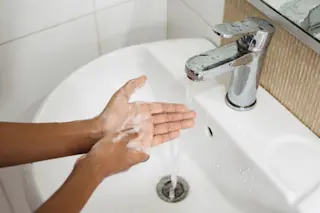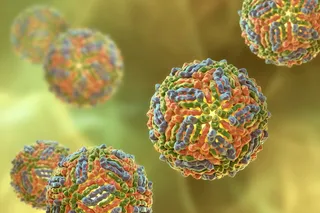In the fight against the COVID-19 pandemic, our best weapon is proper hand-washing.
The novel coronavirus (known more formally as SARS-CoV-2) that is responsible for COVID-19 spreads two ways: directly, through droplets launched by coughs; and indirectly, through transfer from infected surfaces — where the coronavirus can last for up to three days. Because they’re how we physically interact with the outside world, our hands are ready conduits for the virus to enter our bodies.
By now, we’ve all heard that to mitigate this risk, we should wash our hands for 20 seconds and avoid touching our faces, which hold the key entry points (eyes, nose and mouth) where the virus can sneak into our bodies. But how important is that 20-second mark, really? Do we need to use hot water? We asked the experts what science says about what matters — and what doesn’t — when it comes to ...














